A short history of New York City’s foul air shafts
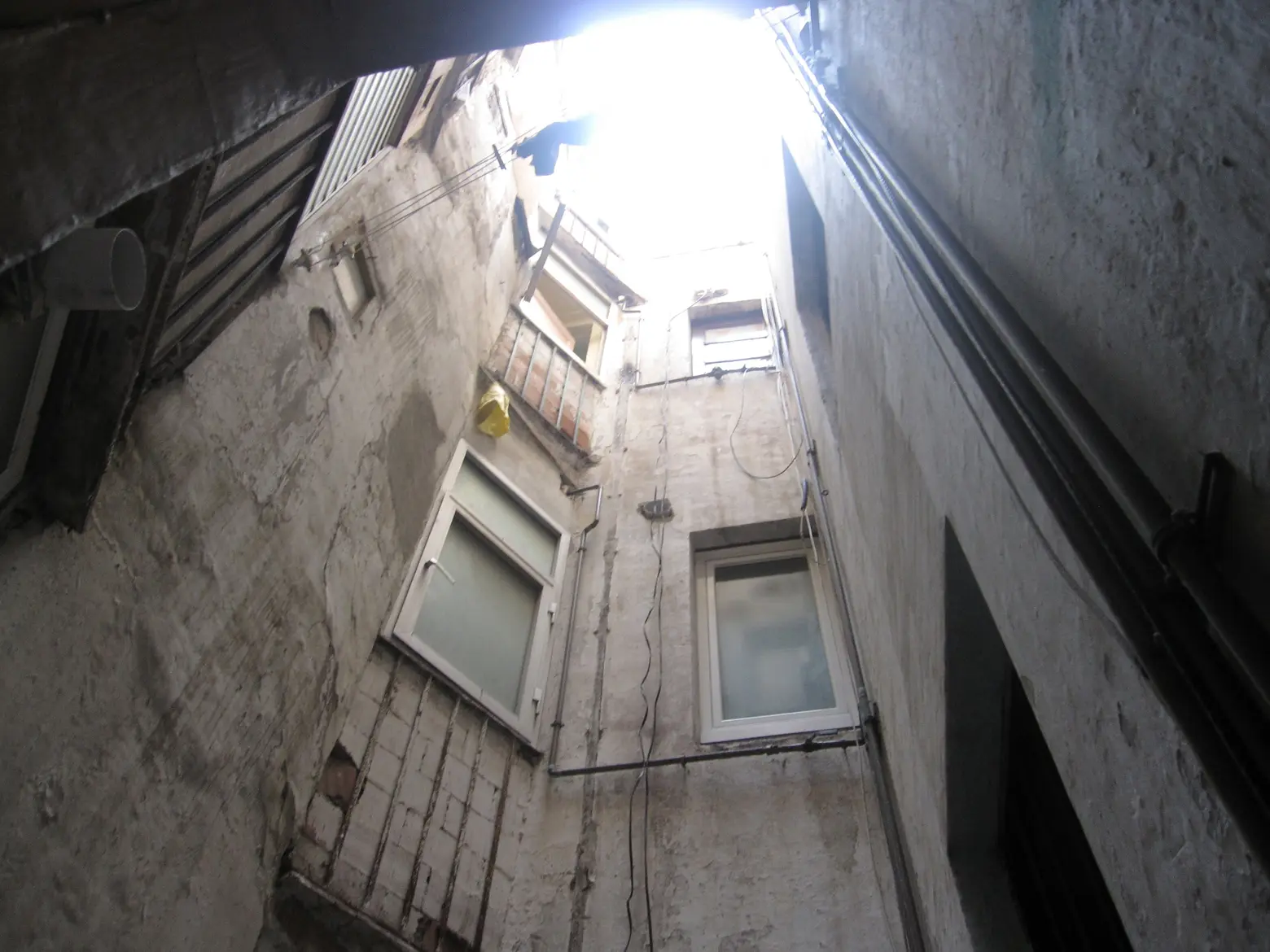
Image by Bikes And Books
If you think there is nothing worse than renting an apartment with windows and no view, think again. At one point in the city’s history, where one may now enjoy a small sliver of daylight and at least some fresh air, there was no light or air at all. Indeed, at some points in the history tenants’ windows looked out onto slits—sometimes a mere 28 inches wide—that were teeming with waste, rancid smells, and noise.
 Airshaft of a dumbbell tenement, New York City, taken from the roof, ca. 1900. Image via Wiki Commons
Airshaft of a dumbbell tenement, New York City, taken from the roof, ca. 1900. Image via Wiki Commons
New Yorkers’ longstanding quest for air and light
The history of the air shafts is really a history of windows, and the city’s long struggle to enforce the window law. Until the mid-19th century, windows—at least exterior windows—were not required in every room. But forcing developers to construct buildings with external windows did not immediately fix the air and light deficit plaguing New Yorkers at the time. In fact, even after windows became part of the legal definition of a room, many city builders continued to construct tenements without exterior windows. To get around the law, they simply installed interior windows—for example, between a street-facing room and the adjoining room.
When exterior windows finally became mandatory in the 1880s, developers were naturally eager to comply with the city’s new building law but without losing a significant amount of building space. For at least two decades, this led to the construction of buildings with interior air shafts so narrow tenants to shake hands with their neighbors’ in adjoining buildings. However, few neighbors at the time were eagerly shaking hands across their air shafts. Rather than create a source of air and light, these narrow slots quickly evolved into sources of disease, noise, and dysfunction.
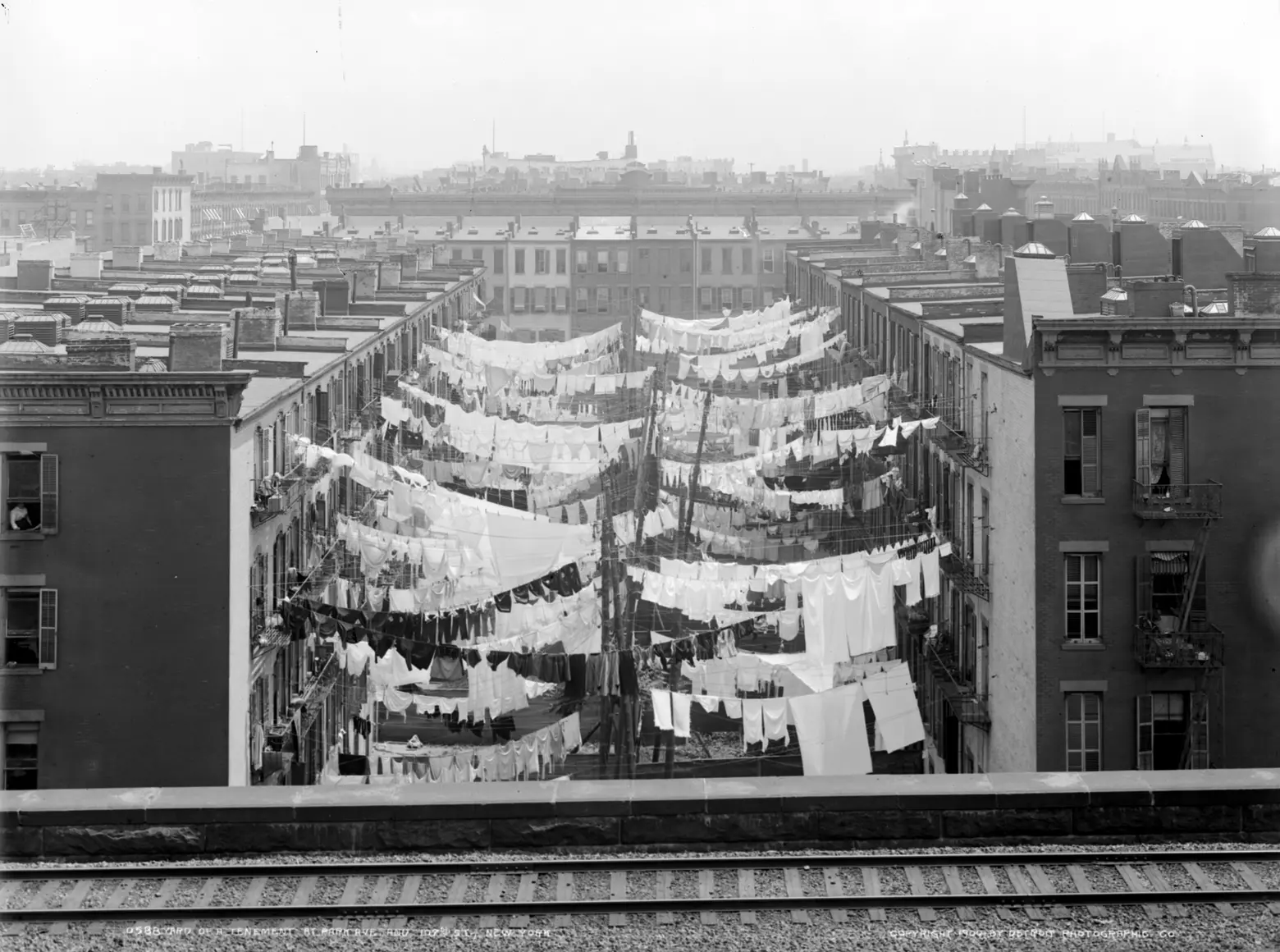 Tenements at Park Avenue and 107th Street, New York City, circa 1900. Image via Wiki Commons
Tenements at Park Avenue and 107th Street, New York City, circa 1900. Image via Wiki Commons
Air shafts condemned as a health hazard
Had 311 already existed in the 1880s to 1890s, there is no question that the air shaft would have drummed up a high number of daily complaints. In an age when indoor plumbing and other modern conveniences were still scarce, especially in tenements, the air shaft was adopted as a convenient place to dump everything from food scraps to human waste, and from all accounts, the accumulation of waste was great. A 1885 article in the New York Times reported that when Mary Olsen, an Irish immigrant distraught about her husband’s late-night habits, attempted to jump to her death via her tenement’s air shaft, the garbage at the bottom was so copious, she escaped unharmed from the suicide attempt.
So, where did all the complaints about the city’s air shafts go in a pre-311 era?
Eventually, many irate tenants and housing reformers were able to air their complaints to the Tenement House Committee—a 1900 commission set up to collect vital data on the city’s housing situation. One witness who spoke to Tenement House Committee claimed that air shafts should be renamed “foul air shafts.” Dozens of other witnesses described the air shafts as festering tubes of disease. Indeed, the Tenement Commission’s final report found that “Practically all the witnesses who testified before the commission united in the opinion that the ‘air shaft’ was the most serious evil of the present tenement.” Objections to air shafts were not limited to the poor quality of air they generated. The fire department also objected to the air shafts. While by no means a useful source of air for tenants, in the case of fire, the shafts did supply just enough oxygen to help spread fires more quickly.
Upon the Commission’s recommendation, new regulations were eventually introduced that limited developers to building on no more than 70 percent of any lot. While by no means offering lower-floor tenants a great view—brick walls are still a common feature in many walkups to this day—the construction of larger interior courtyards did at least mitigate the more serious dangers and nuisances produced by the earlier narrow air shafts.
The fight to preserve air shafts
Despite the air shaft’s long and dismal history, a few older city buildings still have narrow air shafts that date back to the nineteenth century and at least some tenants have recently sought to make a case for their preservation. In a 2014 legal case, Leyin Ouyang v Cromelin, a couple living at 1664 Third Avenue objected after the owner of the building sealed up two air shafts measuring 58-inch by 36-inches eliminating their access to the narrow shaft of air and light let in by the opening. An architect hired by the tenant and brought to court as an expert witness not only claimed that the air shafts had been improperly covered by the owner but also emphasized that their coverage would impact the tenant’s enjoyment of their home. As reported in the case’s court documents, “Respondent’s architect testified that there are two windows in the subject premises that open up to airshafts, so that each airshaft can provide ventilation and light.” In this case, the court ruled in favor of the respondent and ordered that the narrow air shafts be unsealed.
RELATED:
Explore NYC Virtually
Leave a reply
Your email address will not be published.
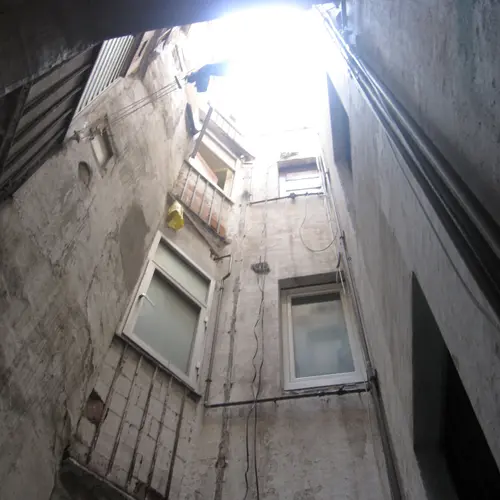
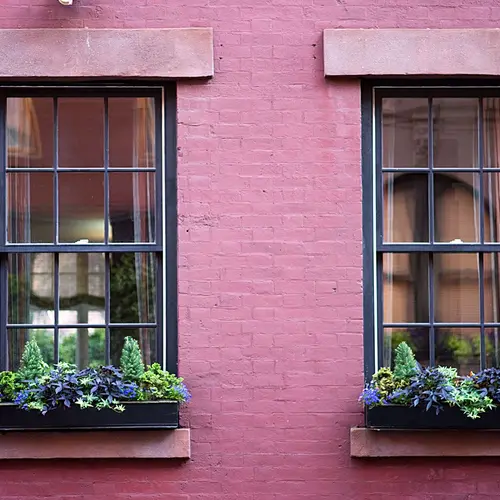
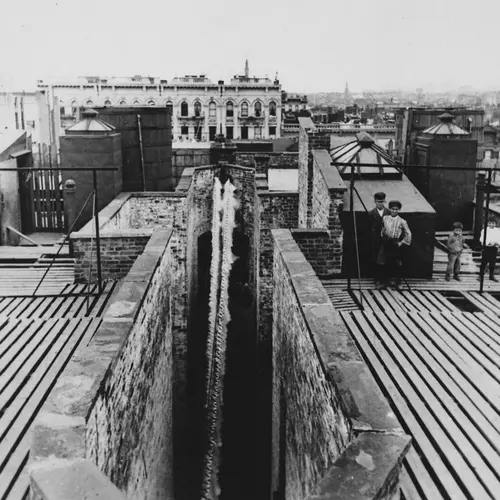
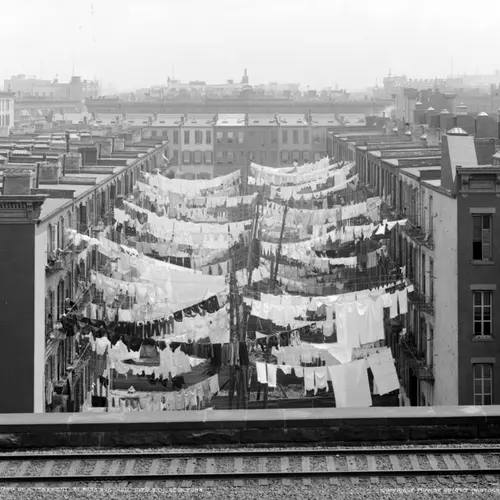









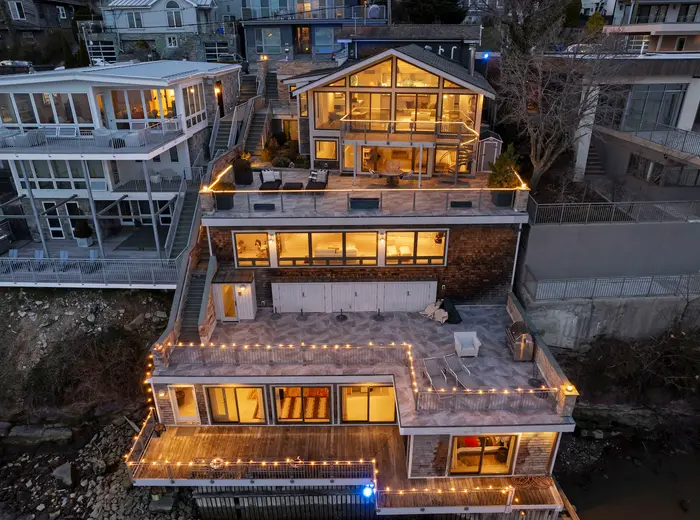

















finally, an article about Windows….that doesn’t involve computers….thank you!
NYC is still a rat toilet.
“a few older city buildings still have narrow air shafts that date back to the nineteenth century”
not a few, a great many. i live in one, not far from the one mentioned in the article. a little too much drama to be heard sometimes, but at least it’s there!
I’ve just rented a miniscule “flat” in the middle of a Budapest building that has the two windows onto the air shaft…I have my misgivings about being able to exist without the light and air I’m used to but will try for the two months. I am glad to hear others are surviving, though I am at the top of the building with no neighbors to give me company…it’s not really a flat but an access to the roof! In Budapest, I’ll bet I am paying much less than in New York…